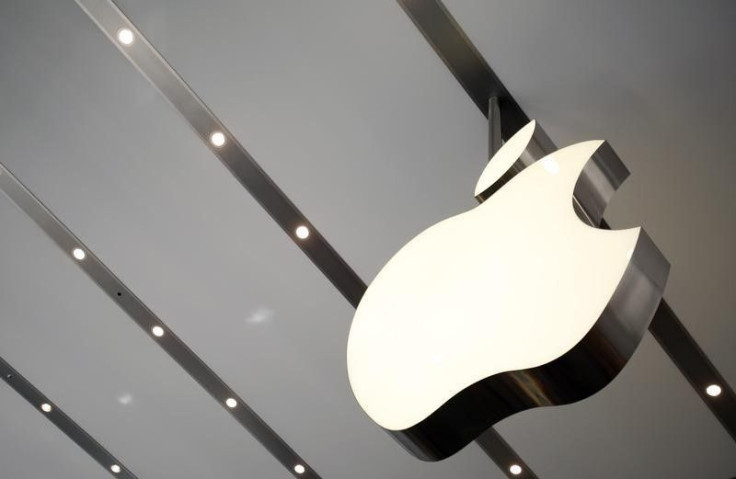Likely iPhone 6S Killer Features on Release Date: Apple Patent Hints of Flexible Display, Virtual Buttons

As one of the major jumps from the iPhone 6, the iPhone 6S on release date will likely feature a flexible display that will also serve as placement for active virtual buttons thus eliminating most of the device’s physical keys. These were suggested by Apple’s newly-approved patents.
Display panel that bends are nothing new to Apple as the tech giant has collection of patents that were published even before Samsung had commercially pushed out the Galaxy Note Edge and the Galaxy S6 Edge. One document even pointed to the likelihood of an iPhone with a wraparound display prior to the iPhone 5S market debut.
This week, the possibility of flexible display becoming part of the next iPhone gained traction anew thanks to the company’s fresh invention that makes use of the benefits connected to bendable screens. While the feature is mostly associated on durability and beauty, the latter proven by the stunningly sexy Galaxy S6 Edge, Apple’s fresh take on the technology appears to focus on innovative functionalities, according to Patently Apple.
Flexible display and the perks
Per Apple, the core beauty of flexible display is it not only prettifies a device it also simplifies and expands its functions. Since the material can be moulded to a certain extent, it can be located on the device’s sidewall likely sloping a bit just the way Samsung, on the edge and even on outer rim of the device back cover.
As expected, the features packed include live delivery of information such as time and weather and touch inputs. But what is unique about Apple’s take is the option to reconfigure the input functions, the primary goal of which is the reduction of physical buttons.
One example is the placement of flexible display on the edge of the device, at the same time embedding it with sensors for active controllers. One configuration for the keys is to serve as volume rocker that dials up and down the sound level. Or the buttons can also be reprogrammed as scroll keys that move a Web page up and down in portrait mode or sideways in landscape orientation.
Users, Patently Apple said, can instantly switch from the various functions of the active virtual keys with predetermined motion gestures (again configurable via the device control panel), which could be pinch, swipe or tap. The same goes for the sidewall active virtual controllers that Apple envisions as a feature most helpful to mobile gamers.
It should be noted, however, that flexible display and virtual buttons remain in the planning stage and there is no assurance the killer features will make the final cut in time for the iPhone 6S release date later this 2015. The same applies for the iPhone 7 next though it has better chances since the second device is deemed a major redesign – specs, features and build – from the iPhone 6.
To report problems or leave feedback on this article, email: r.pineda@ibtimes.com.au.





















